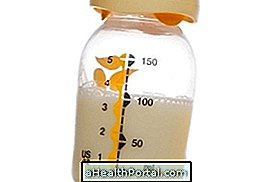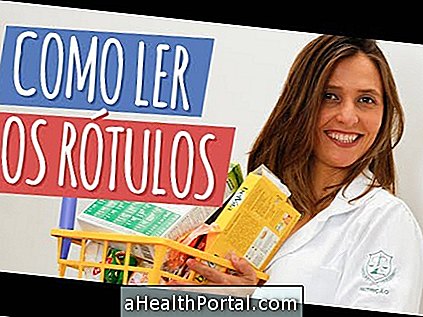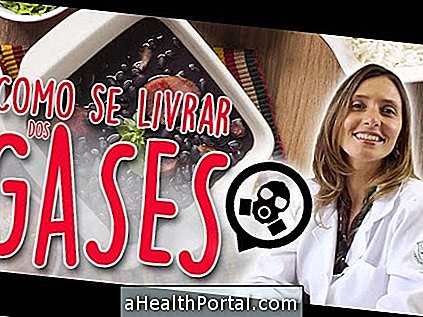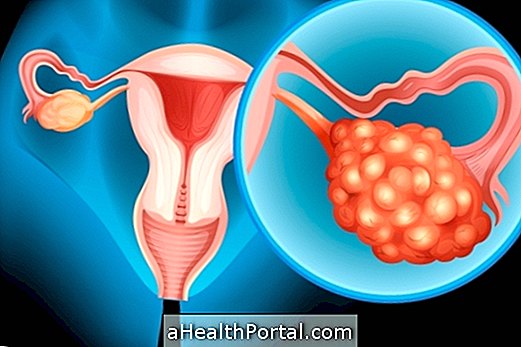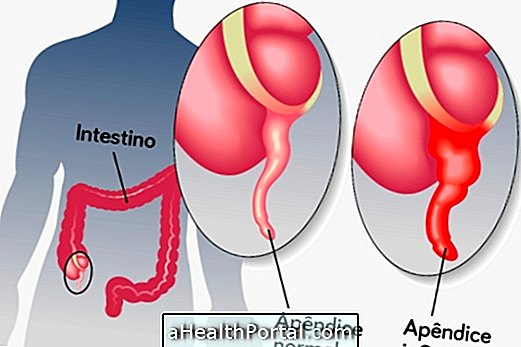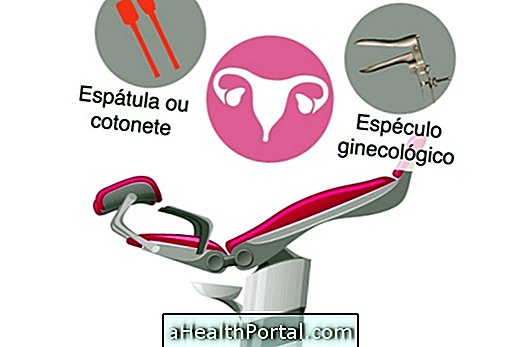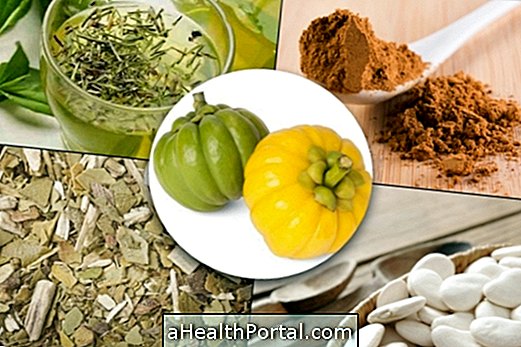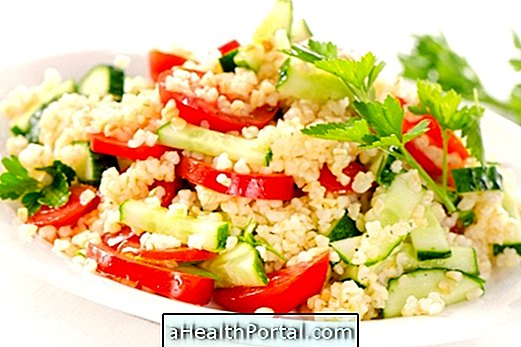Breastmilk is usually the baby's first food and therefore is a very nutritious substance that helps ensure its healthy growth and development, being high in fat, carbohydrates, various types of vitamins and anti-bodies. Normally, milk will vary over time, adapting to ensure all the needs of the growing baby.
Learn more about breast milk and how to breastfeed correctly in our Complete Beginner's Guide to Breastfeeding.

Although breast milk is a food used since the earliest times of mankind, there are still several questions about its composition and use. So, check out the answer to the 10 most common questions:
1. When should breastfeeding be given?
Breastmilk should be given to the baby right from birth, and may even be offered immediately after birth, for example. Breastmilk should be given to the baby whenever he or she is apparently hungry, which happens when there are signs of sucking, crying or being very restless, for example.
Ideally, this type of food should be made up to 6 months of age, without any other type of food or formula being required. However, as some women may have problems breastfeeding or decreased milk quantity, in some cases the pediatrician and obstetrician may advise to complete breastfeeding with the use of a milk adapted from a pharmacy. Here's how to choose the best milk for the baby.
When to stop breastfeeding
According to the WHO, exclusive breastfeeding should continue until 6 months of age and continue until around 2 years, along with other foods. The introduction of novel foods can then be started at around 6 months, or according to the pediatrician's advice. The first foods should be of a more neutral flavor and presented in the form of porridge, and sweet potatoes, carrots, rice and bananas may be used. Better see how to introduce food into your baby.
2. What is the composition of breast milk?
Breast milk is very rich in fat, protein and carbohydrates, as they are some of the most important nutrients for the growth and development of the baby. However, it also possesses a good amount of proteins and anti-bodies, which help maintain health and strengthen the immune system.
Throughout the growth of the baby, breast milk is changing, going through 3 main phases:
- Colostrum : is the first milk that is very liquid and yellowish, being richer in proteins;
- Transitional milk : it appears after 1 week and is richer in fats and carbohydrates than colostrum, and therefore thicker;
- Mature Milk : appears after approximately 21 days and contains fats, carbohydrates, various vitamins, proteins and anti-bodies, being a more complete food.
Due to the presence of anti-bodies, breast milk acts as a natural vaccine, strengthening the baby's immune system against various types of infections. This is one of the main causes why breastmilk should be preferred to milk adapted from a pharmacy, for example. Check out a complete list of breast milk components and their amounts.

3. Does breast milk have lactose?
Breast milk contains lactose as it is the main carbohydrate for the development of the baby's brain. However, women who consume many dairy products or milk may have a higher lactose composition in the milk they produce. Although the composition of the milk varies over time, the amount of lactose remains similar from the beginning to the end of the lactation phase.
Although lactose causes several reactions of intolerance in children and adults, it usually does not affect the baby, because when it is born, the baby is producing a high amount of lactase, which is the enzyme responsible for degrading lactose. Thus, it is quite rare for the baby to have some kind of allergy to the mother's milk. See when your baby may have allergy to breast milk and what the symptoms are.
4. How to increase milk production?
The best way to ensure sufficient milk production is by eating a balanced diet and drinking 3 to 4 liters of fluids per day. A good example of feeding at this stage should include the consumption of many fruits, vegetables and whole grains.
In addition, the sucking motion of the baby in the breast also stimulates the production of milk and, therefore, one should breastfeed as many times a day, which can be 10 times or more. Check out 5 effective tips to increase breast milk production.
5. How to store milk?
Breastmilk can be stored in the refrigerator or in the freezer, but it should be placed in its own containers that are sold in the pharmacy or in a sterilized glass container with a plastic lid. In the refrigerator, milk can be stored for up to 48 hours, provided it is not placed in the door, and in the freezer for up to 3 months. Understand more about how you can store breastmilk.
How long can it be out of the refrigerator?
In many situations breastmilk can be stored outside the refrigerator for up to 3 or 4 hours, however, as temperatures vary greatly throughout the year and from region to region, the ideal is to put the milk in the freezer or the refrigerator.

6. How to thaw breast milk?
To defrost the mother's milk, place the container inside a pan with warm water and let it slowly warm up on the stove. It is not recommended to heat the milk directly in the pan or microwave as it can destroy the proteins, in addition to not heating the milk evenly, which can end up causing burns in the baby's mouth.
Ideally, only the required amount of milk should be thawed since the milk can not be frozen again. However, if excess milk is thawed, you should put the leftovers in the refrigerator and use within 24 hours at most.
7. Is it possible to donate breast milk?
Breast milk can be donated to the Human Milk Bank, an organization that delivers milk to ICUs from hospitals where newborns are hospitalized that can not be breastfed by their mothers. In addition, this milk can still be donated to mothers who do not have enough milk and who do not want to give a bottle of milk adapted from a pharmacy.
8. How to make milk with the bomb?
Removing the milk with a bomb can be a time-consuming process, especially the first few times. Before using the pump you should wash your hands and look for a quiet and comfortable place. Afterwards, the opening of the bombilla should be placed on the breast, ensuring that the nipple is centered.
Initially one should begin to press the pump slowly, with gentle movement, as would happen if the baby were suckling and then increasing the intensity, according to the level of comfort.
Check the step by step to withdraw milk and what is the best time to make the withdrawal.

9. Is there weak breast milk?
According to several breastfeeding experts, there is no weak breast milk, as each woman produces exactly the kind of milk her baby needs. Furthermore, there also appears to be no relationship between breast size and quantity or quality of milk produced.
Some women may have difficulty producing enough breast milk, and in those cases, one may choose to use milk adapted from a pharmacy. However, it is important to keep the breast stimulation with the baby by breastfeeding first, and then offer the bottle if you continue to be hungry.
10. Is it possible to dry the milk?
In some situations the obstetrician may advise the woman to dry the milk, such as when the baby has a problem that prevents the intake of this milk or when the mother has some disease that can pass through the milk, as in women with HIV, for example . Check out a list of when the woman should not breastfeed. However, in all other situations it is very important to maintain milk production, to offer the best possible food to the baby.
In cases where your doctor tells you to dry the milk, medications such as Bromocriptine or Lisuride are usually prescribed, which will gradually decrease the amount of milk produced, but may also cause various side effects such as vomiting, feeling sick, headache or drowsiness. See what other medications can be used and also some natural options for drying the milk.


